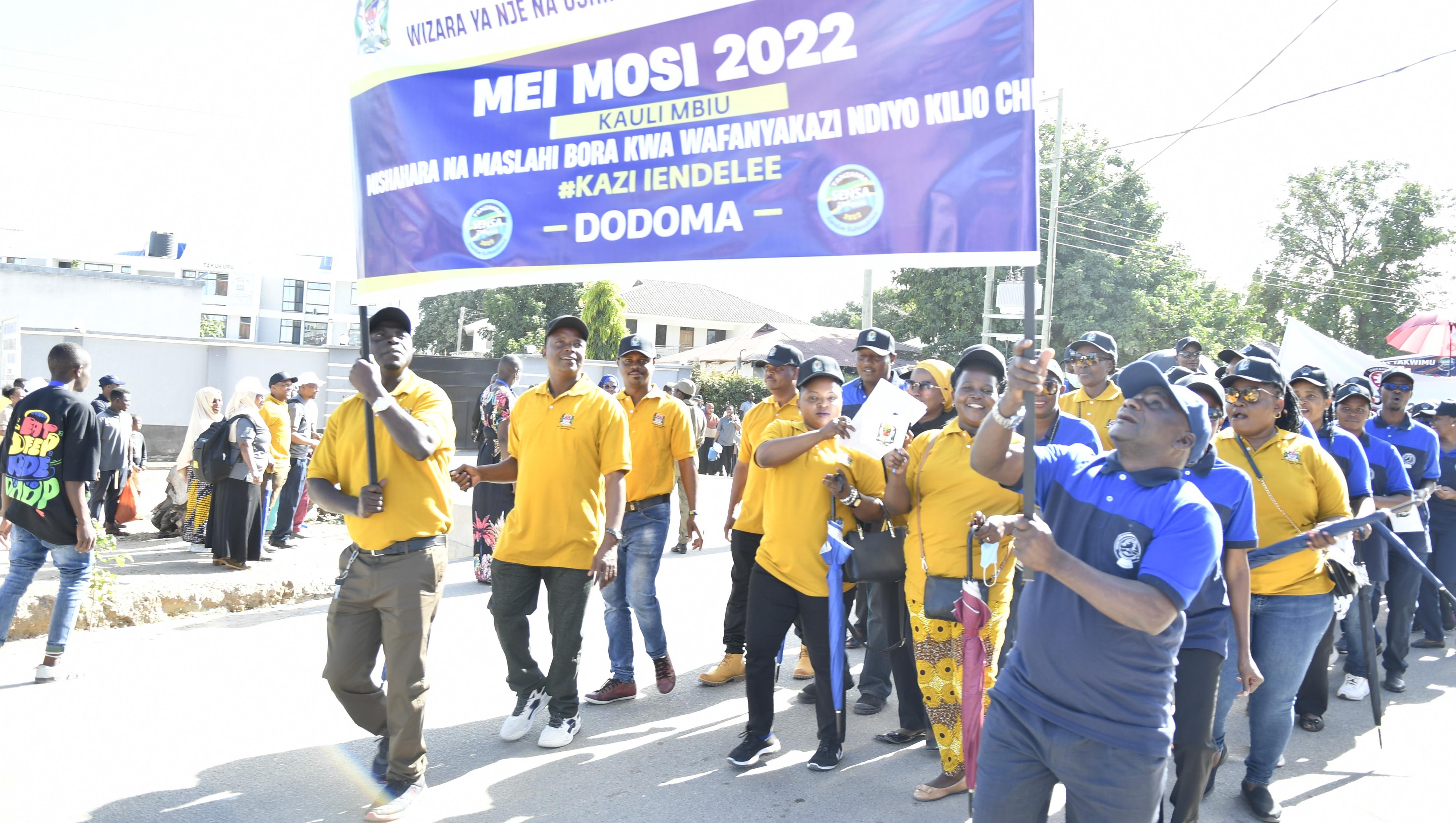Nyerere Day: ruminating on Mwalimu’s vision on land, poverty and property

Mwalimu Julius Nyerere exchanges greetings with various leaders. He believed in the development of the people rather than that of material things. PHOTO | FILE
What you need to know:
- Mwalimu believed that world and national poverty was essentially rural, a result of exploitative relationships between rich and poor countries, and urban and rural areas
On October 14, Tanzanians observe the 23rd year since the demise of Mwalimu Nyerere. It is an opportunity to meditate on the attitudes and actions of this gargantuan personality in national development. Like the blind people who went to “see” the elephant, and each one of them formed a different opinion, depending on which part of the giant animal they “saw”, by touching, meditating on Nyerere, you have to limit yourself. For me, areas of land, property and urban development, come naturally.
Mwalimu believed that world and national poverty was essentially rural, a result of exploitative relationships between rich and poor countries, and urban and rural areas; relationships that siphoned whatever surplus the rural poor produced, leaving only crumbs for these hapless people to survive upon.
This view is succinctly expressed in Mwalimu’s address to the FAO World Conference on Agrarian Reform and Rural Development, held in Rome on July 13, 1979 titled: “On Rural Development”. We quote liberally from this:
“The root of world poverty lies in the rural areas. Urban poverty is more obvious – the slums and degradation of some towns in the developing countries force themselves upon the notice of the richest citizen and upon the most casual visitor. But the bulk of the slum inhabitants and the beggars on our streets have migrated to towns because they are pushed out of the rural areas by landlessness, joblessness and hopelessness. It is therefore in the rural areas that we can most effectively tackle the long-term problems of urban poverty. Trying to deal with mass poverty by improving conditions and providing work in the towns simply attracts more and more people from the depressed rural areas”. Mwalimu abhorred the preferential allocation of government expenditure to services needed by town dwellers rather than those needed by the people in the villages.
Clearly Mwalimu believed in the push-pull factors as explaining rural to urban migration. Today, however, we see urbanisation as a social and global transformation.
This is an urban century. Indeed, the more “developed” rural areas are, the more the migration to urban areas. We are also seeing a counter process: urbe in rus, rural areas transforming into urban areas in the form of small trading centres growing into townships and towns, thus taking urban services closer to the rural folk.
Mwalimu believed in rural land reform but he was quick to point out that “Lto the People” alone, whether this land was owned individually or communally, was inadequate.
It had to be accompanied by rural industrialization, provision of rural social and economic infrastructure, and empowerment of the rural population to increase productivity, and have access to markets. On the other hand, he believed in migration from land-stressed rural areas to areas where land was plenty.
In 1966, on a visit to Kilimanjaro region he urged people there to move: “Tanzania is a big country. Everybody can move. The Rufiji Basin, for example, is as big as Great Britain, and very fertile.
Our country is different from most others: the land belongs to all the people. Any Tanzanian can live anywhere in Tanzania”. Did he foresee the current problem of “moving pastoralism”?
While in the same Kilimanjaro Region Mwalimu, remarked, when he stopped at one school: “Ninety-six percent of the students, must go back to the land where the people are, and four percent can go to the cities”.
“Back to the rural areas” policies, such as Nguvu Kazi, were vogue until the 1980s when Mwalimu retired.
Mwalimu did not believe in individual wealth accumulation and was particularly against owning real estate for renting, having shares or having more than one source of income. This was clearly stated in the Leadership Code.
A leader must not own a house for renting. He lived by example, selling his property in Magomeni and retaining just one in Msasani which he had built with a loan, and in which he lived. Mama Nyerere had also to give up her poultry farm in Mji Mwema.
House loans to civil servants had to be stopped during his time, not to tempt them to put up properties for renting. The Acquisition of Buildings of 1971, targeted investment properties.
Mwalimu’s mother lived in a leaking thatched house, when he was young, thus his later concern with good houses with good roofs; but for own living not for renting.
Clearly, the current financial literacy evangelism emphasizing accumulating assets and minimizing liabilities, did not feature in Mwalimu’s thinking. He believed in a simple Spartan life, abhorring luxury. Thus, his fascination with China. He was also an anti-corruption crusader.
Mwalimu’s vision was for every aspect of government and public activity, to be angled towards promoting mass welfare in the rural areas, while enabling urban areas to service effectively the rural areas from which their sustenance comes and which are their justification for existing.
May he continue to live in Eternal Peace!





